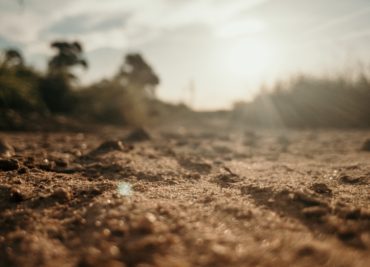Volume 1 Issue 2: International Journal of UNESCO Biosphere Reserves. Released August 2017. [pdf-embedder url="http://biospherejournal.org/wp-content/uploads/2020/07/V1I2.pdf"]
More
Volume 1 Issue 2: International Journal of UNESCO Biosphere Reserves











